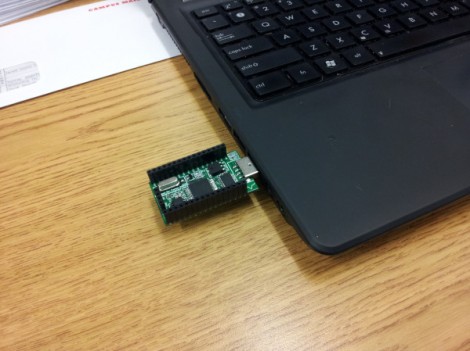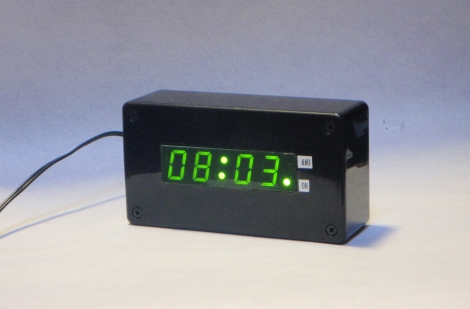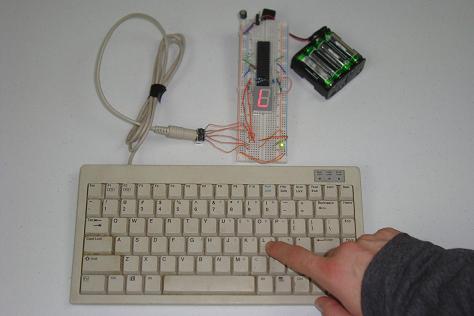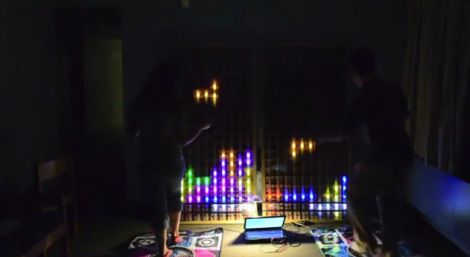
Above you can see Doctor Wily a Chinese hacker starting up one of the propellers on his octocopter. It seems that the man is using a collection of eight motorcycle engines, each with its own wooden propeller to create an eight-bladed helicopter. We were able to locate some video footage of his experiments, which you’ll find embedded after the break. As you can see, this is perfectly capable of flight, but we’re not quite sure if we’d call it controlled flight just yet.
The video starts off showing all kinds of hack-ity activities, like tightening the bolts on the propeller and priming the gas lines by sucking on them like a straw (mmmm….. high-octane!). Coke bottles serve as the gas tanks, and you’ll want to keep your hands inside the vehicle because there’s no cages to keep them out of the hand-started propellers. Although we don’t speak his language, we did understand the demonstration of the controls that the man gives, showing an earlier model with rings of fabric around four of the propellers meant to help direct the downward thrust as a steering mechanism. We don’t think this will be viable until there is some type of PID system that predicts the performance of each motor and makes quick adjustments to keep the craft balanced. None-the-less we were glued to the screen hoping that this turkey would fly.


















